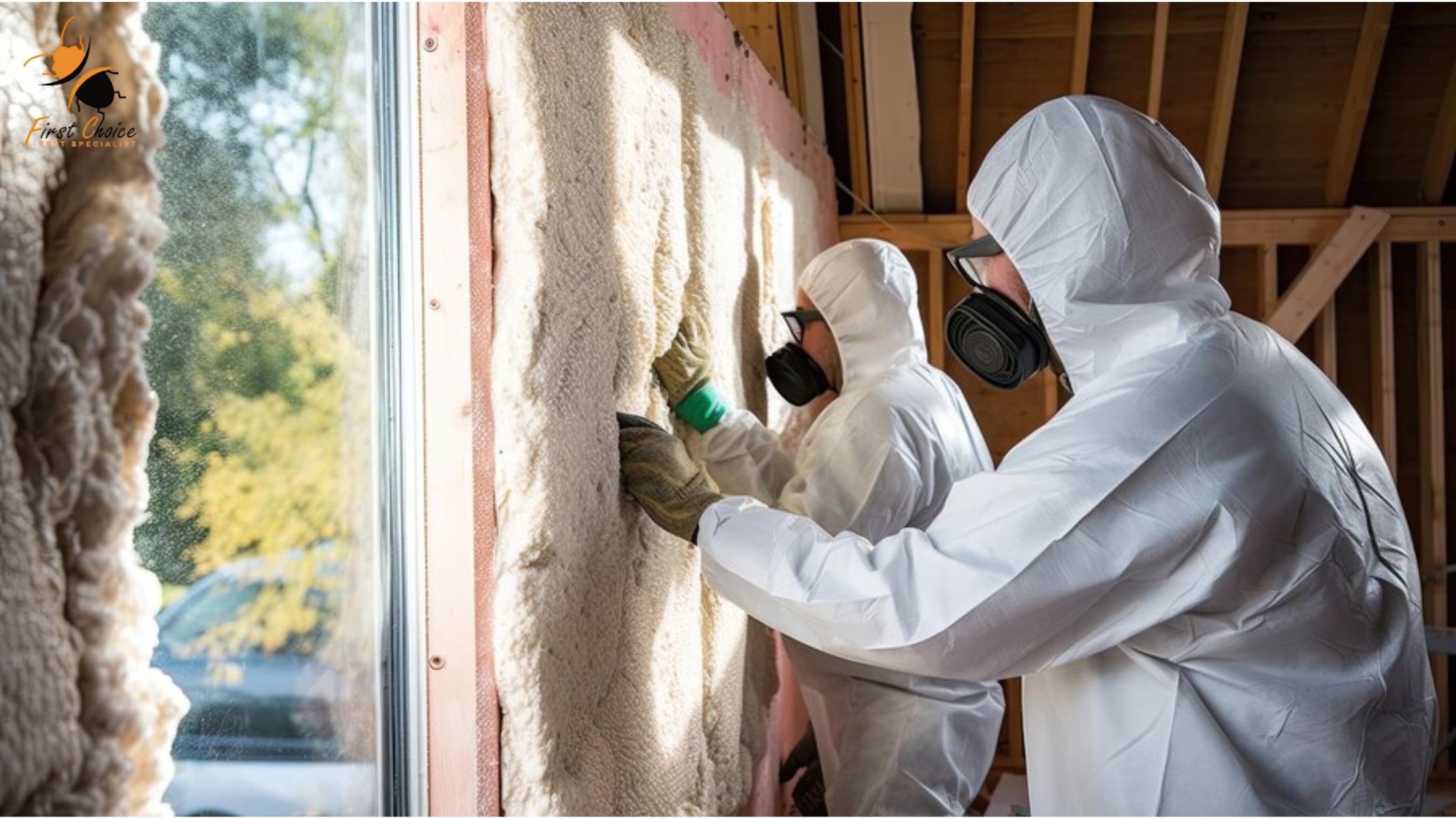What Are Geophysical And Geotechnical Surveys And Why Do They Exist?
Assessing a location’s geology characteristics and soil elements is essential for planning and implementing infrastructure, mineral extraction, and other operations. Geophysical surveys and geotechnical surveys can help with this endeavor.
The physical characteristics of the earth, comprising electrical conductivity, magnetism, and gravity, are measured during geophysical surveys using a variety of instruments. The site’s subsurface can then be imaged and assessed using this data, and any geological features, like rock formations or groundwater, can be identified. The magnetometer for geophysical survey is primarily one of the best methods used.
Geophysical tests are frequently utilized during the project’s early site investigation phase and to supplement the data gathered through widely spread observations, such as borings, test pits, outcrops, etc. The topography of bedrock, stratification of subterranean materials, depth to groundwater, types of soil deposits’ boundaries, the capability of hard rock and soil, the presence of voids and buried pipes, and the depths of existing foundations can all be determined via geophysical testing. Correlations between geophysical testing results and information obtained through direct exploration should always be made.
Benefits of Geophysical Testing
Before the method is suggested for a given application, weighing the advantages of geophysical testing is important. Following is a summary of the benefits on offer:
- Numerous geophysical tests are non-invasive, making them advantageous when conventional drilling, testing, and sampling are challenging, such as when subsurface gravel or talus deposits or potentially contaminated soils are present.
- Geophysical testing typically covers a considerable area, making defining sizable areas with few tests possible. Projects with a considerable longitudinal extent relative to a lateral extent (like new highway construction) are particularly well-suited to it.
- Geophysical measurements evaluate soil and rock properties under incredibly small strains, often on the order of 0.001 percent, revealing details on really elastic qualities.
- When comparing the cost to the comparatively broad areas over which information may be collected, geophysical technologies are generally affordable to learn more about the subsurface.
On the other hand, geotechnical surveys entail digging boreholes and taking soil samples at various depths. The physical characteristics of these samples, including density, porosity, and shear strength, are next evaluated. This information can be used to assess the site’s foundation stability, bearing capacity, and various other construction-related aspects.
When taken as a whole, these surveys offer a thorough understanding of a site’s geological features, which is critical for assuring safe and successful project design and execution.
Geophysical Testing Techniques For Archaeological Survey
Magnetometer Survey
The fastest ground coverage is provided by magnetometer surveys, which also capture a wide range of abnormalities brought on by previous human activity. Consequently, it is the method of geophysical survey that is most frequently utilized for archeological research.
The fluxgate gradiometer is the most popular method for gathering data. This sensor can cover Large regions in a reasonable amount of time and continuously records minute changes in the local magnetic field across the location.
Anomalies are created when buried features display magnetic properties dissimilar from the surrounding soil. Iron minerals can be altered by burning into extremely magnetic forms, which allows for detecting archeological remnants such as kilns, hearths, and furnaces.
It can be found when a ditch or hole has accumulated more magnetic dirt from nearby villages. However, magnetometers can only detect the footings of buried walls when the magnetic characteristics of the stone differ from the soil surrounding it.
Compared to conventional fluxgate gradiometers, cesium or alkali-vapor magnetometers are more accurate. They can therefore distinguish milder abnormalities from subtler or deeper-buried relics.
Earth Resistance Techniques
The first geophysical method possibly utilized in archaeology was the earth resistance survey. It is still commonly used today, mainly to explore locations where buried masonry constructions are possibly present.
The regional moisture level of the soil over a place affects measures of earth resistance. A small electric current is introduced and carried through electrodes pushed into the ground through mineral ions that dissolve in the water retained in the soil.
GPR, Or Ground Penetrating Radar
Using radio frequency energy, ground penetrating radar (GPR) apparatus emits a brief pulse into the surface. Then it logs the duration and magnitude of any reflections from subterranean relics. It is possible to determine the burial depth because reflections off deeper remains need longer to reach the surface. GPR systems may be used on various surfaces, penetrating concrete and tarmac to uncover underlying archaeology. GPR might be the only viable geophysical method to use inside standing buildings. Vehicle-towed GPR systems use a variety of antenna components to obtain incredibly accurate measurements over huge areas.
Geophysical and geotechnical surveys provide a thorough understanding of a location’s geology and soil properties, which has many advantages. For starters, they aid in lowering the likelihood of unforeseen geological circumstances, which may result in delays and higher project expenses. These studies can also assist in identifying possible risks, such as landslides or sinkholes, and put the necessary mitigation strategies in place. Additionally, these surveys can aid in improving project design and construction techniques, leading to more effective and affordable development.
To ensure secure and successful project planning and execution, geophysical testing and geotechnical surveys are crucial. These studies can assist in reducing risks, identifying potential hazards, and optimizing project planning and building techniques by thoroughly understanding a site’s geology and soil properties. Professional company expert in geophysical testing offers top-notch geophysical surveying and geotechnical survey services with magnetometers adapted to each client’s specific requirements.



